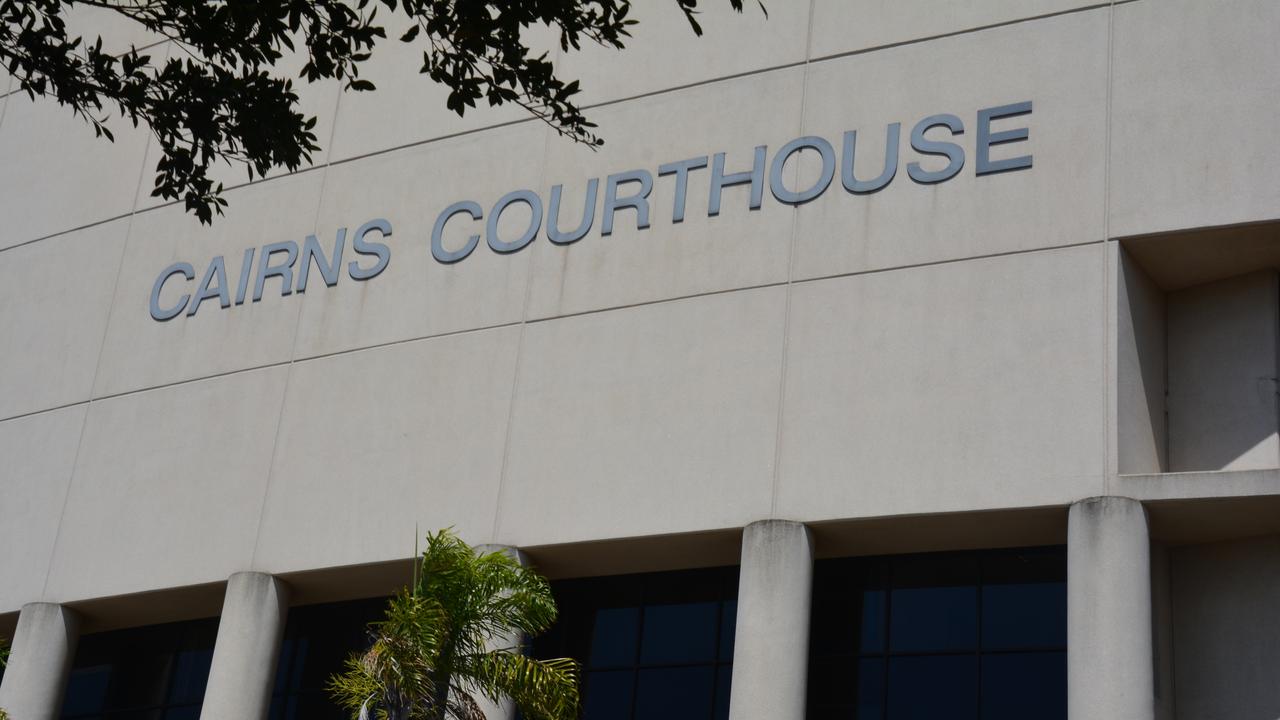Report reveals the “biggest issue” Cairns faced during Tropical Cyclone Jasper
Unreliable weather information and a failure to provide accurate warnings to Cairns residents during and after Tropical Cyclone Jasper have been identified as key breakdowns from the natural disaster in a scathing new report.
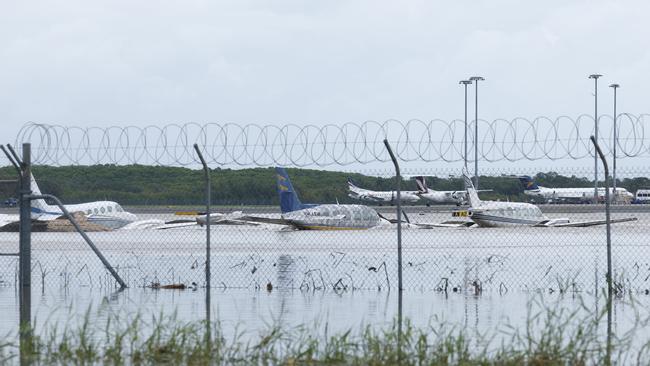
Cairns
Don't miss out on the headlines from Cairns. Followed categories will be added to My News.
Unreliable weather information and a failure to provide accurate warnings to Cairns residents during and after Tropical Cyclone Jasper have been identified as key breakdowns from the natural disaster in a scathing new report.
But the Bureau of Meteorology has blasted the council’s report, citing “numerous inaccuracies and misconceptions”, adding that heavy rainfall and the possibility of flooding was first forecast almost a week before the floodwaters inundated the region.
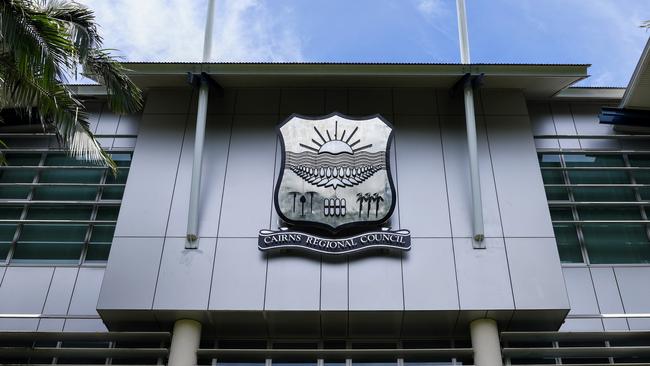
Cairns Regional Council announced it had made a submission about its experiences during the wettest tropical cyclone in Australian history and the ensuing flood to the Office of the Inspector-General Emergency Management as part of a formal review earlier this week.
The no-holds barred submission takes aim at some of the biggest organisations in the country, including the BoM, Queensland Police Service, and others.
Among the findings from the review are the following:
■ The rollout of the Australian Warning System, not previously trialled in a tropical cyclone, failed to provide “accurate, consistent, and timely warnings” with “alarmist language” drawing criticism from residents and emergency services
■ “Constant requests” for updated emergency plans by the District Disaster Management Group diverted time and resources away from critical activities; and
■ Queensland Health and Queensland Fire Department’s “inconsistent attendance” at LDMG meetings led to resource gaps and a lack of understanding in relation to agencies’ respective roles and responsibilities.
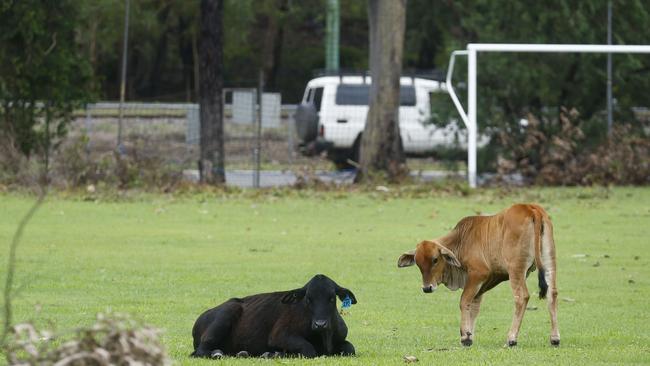
But the report’s most damning criticisms were reserved for the national forecaster, arguing that inaccurate weather information impacted the Cairns LDMG’s ability to effectively respond to the unfolding disaster.
“The biggest issue faced during TC Jasper was the reliability of weather intelligence,” the report said.
“Moreover … repeated assurances that the event would not be a 1 in 100-year event affected preparedness and response strategies, as we were not fully equipped to handle the severity of the situation as it unfolded.”
The report revealed a BoM forecaster and hydrographer “quite confidently” provided “repeated advice” to the LDMG the low pressure system associated with the weather event would track in a south-westerly direction, limiting its impact on the region.
“This advice continued through several LDMG meetings until advice shifted to a 1 in 100-year event which occurred well after water impacted households,” the report said.
“This resulted in an exacerbation of poor and ultimately very late public notification escalation.”

Additionally, the submission said a major flood warning for the Barron River was issued by the BoM five hours and 26 minutes after major flood levels had already been reached within the lower Barron River catchment.
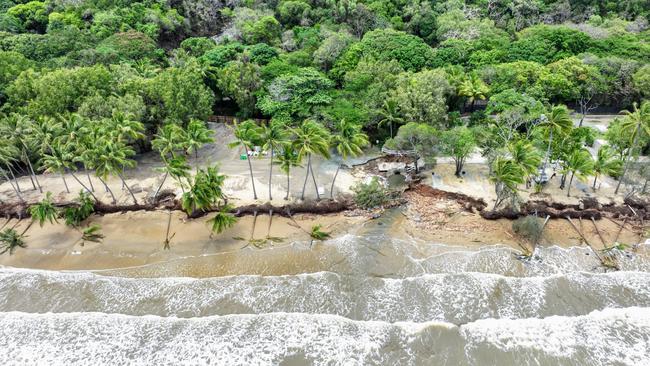
Loss of critical flood monitoring infrastructure during the flood including rain and river height gauges also hindered the ability to provide up-to-date information.
“Officers were forced to inspect river heights physically,” the report said, “delaying our response and highlighting the urgent need for improved communication and redundancy in our monitoring systems.
“Additionally, intelligence officers were using BoM flood gauge data from the Cairns Airport gauge site which was experiencing calibration issues.
“This was queried at the next available access to the BoM officer at the LDMG meeting when it was explained as being out of calibration and therefore it was removed from publication.”
In response, the BoM said the weather equipment during the disaster didn’t belong to them.
“There are numerous inaccuracies and misconceptions in the Cairns Regional Council IGEM Review into the 2023/24 Severe Weather Season pertaining to the Bureau’s forecasting and response,” the BoM spokesman said.
“The river gauges that failed during TC Jasper and its aftermath are owned by the Cairns Regional Council and the Queensland state government.
“The Bureau was well aware of the times at which gauges failed and used alternative data sources to inform its flood forecasts and warnings.”
While failing to reference specific incidents mentioned in the report, the BoM also defended its response to TC Jasper and flooding in the region.
“The Bureau first warned of the possibility of a cyclone a full eight days before Jasper crossed the coast,” the spokesman said.
“The Bureau first forecast heavy rainfall and the possibility of floods across Far North Queensland a full six days before major flooding occurred. The Bureau forecast heavy to intense rainfall leading to a risk of flash flooding four days in advance.
“The Bureau’s weather forecast and warning services are derived from a comprehensive network of observing systems enabled by satellite, supercomputer and numerical weather prediction technologies.”
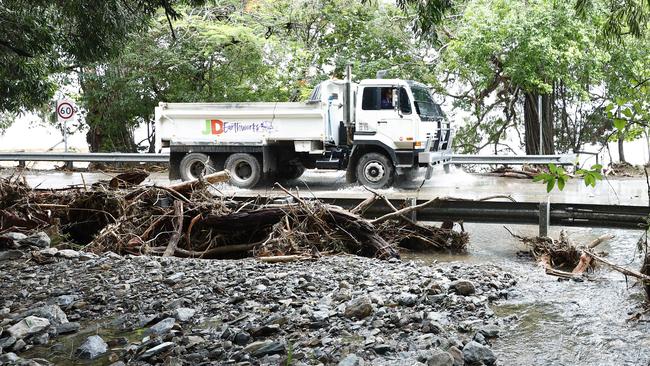
An inability for the LDMG and DDMG to work together was also highlighted as another shortcoming during the disaster, the submission said, with a request for assistance to the DDMG declined without explanation while other unnecessary requests diverted attention away from core operations.
“The resource depletion caused by the District Disaster Management Group Executive Officer’s repeated requests for updated emergency plans also impacted transition activities,” the report said.
“These plans had already been provided during preparation in August, and the constant requests diverted focus and time away from critical LDMG activities.”
A Cairns and Hinterland Hospital and Health Service spokeswoman said the organisation worked to ensure the communtiy had access to health care during disasters.
“It is routine practice following any disaster that we review events to identify ‘lessons learned’ to inform our response to future events and we are committed to making improvements in engagement given health is a significant factor in all disasters,” the spokeswoman said.
A Queensland Fire Department spokeswoman said the QFD had provided a submission to the IGEM for its 2023-24 Severe Weather Season Review, that it was “actively participating” in the review process, and the organisation was awaiting the Inspector-General’s final report and recommendations.
A National Emergency Management spokeswoman said the AWS was a new approach to information and warnings during emergencies and that Tropical Cyclone Jasper provided the first stress test of the system specifically for a cyclone event.
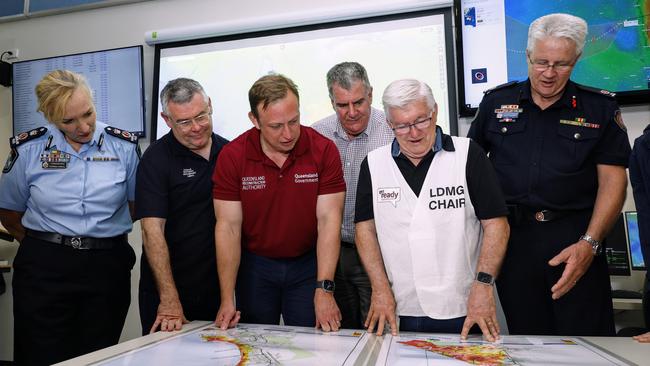
“As the AWS had only recently been rolled out at the time, NEMA facilitated an After Action Review into the implementation of AWS following TC Jasper,” the spokeswoman said.
“The AAR identified opportunities for improvement including: greater alignment of weather warnings; consideration of timing and sequencing; further education of the emergency management sector on warnings; calibration of warnings for maximum comprehension, and further consideration of community expectations around warnings.”
The spokeswoman said the Queensland Government had also conducted its own reviews of state-based warnings.
A Queensland Police Service spokeswoman said following the TC Jasper floods, QPS warnings staff travelled to Cairns to meet with local government representatives to “work through the challenges of community messaging during the height of events”.
The spokeswoman said it was important to balance the priorities of the information, including that it be both timely and accurate, and that QPS had since conducted a review of its operations in relation to warning messaging.
“Due to the complexity of numerous platforms used for messaging, some owned and some not owned by QPS, the service is looking at opportunities to improve and integrate messaging,” the spokeswoman said.
QPS is participating in the IGEM review and it would be inappropriate to comment further, the spokeswoman said.
Cairns Mayor Amy Eden was appointed as the new chair of the Cairns LDMG in April.
More Coverage
Originally published as Report reveals the “biggest issue” Cairns faced during Tropical Cyclone Jasper




